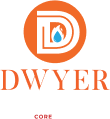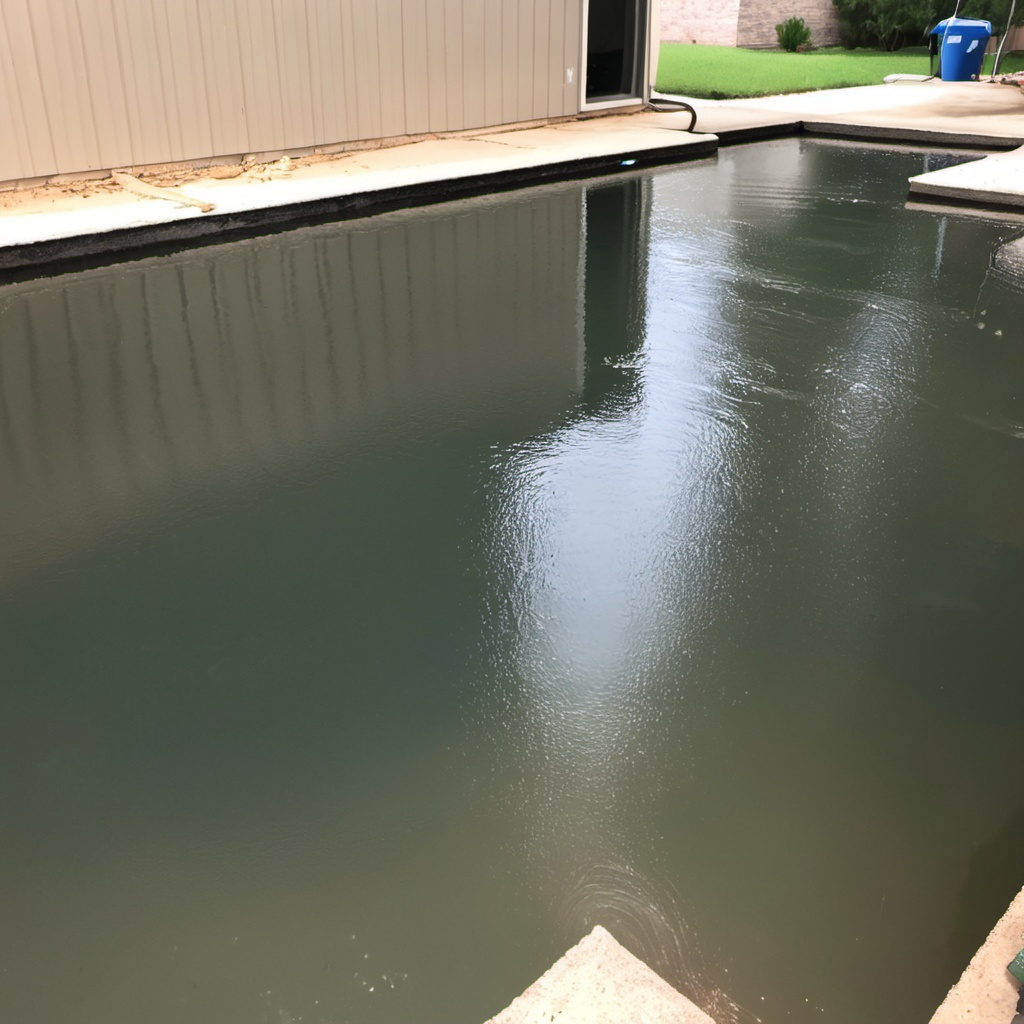Dealing with water damage can be a real hassle, whether it’s from a burst pipe, a storm, or just a leaky roof. If you’ve ever had to mop up a flood in your home, you know the stress it brings. Water can mess up floors, walls, and even your favorite belongings. Knowing what to do in those moments can save you a ton of headache, not to mention the cost of repairs. Let’s talk about some easy tips for handling water issues when they strike.
1. Act Fast!
The most important thing to remember when dealing with water damage is to act quickly. Water doesn’t just sit there—it spreads and seeps into everything. The faster you can start cleaning up, the better chance you have to prevent long-term damage. For example, if you have a small leak or spill, grab some towels or a mop and get rid of the water ASAP. It may seem simple, but waiting too long can lead to mold or rot, which is a bigger problem.
2. Turn Off the Water Supply
If your water damage is caused by a pipe or plumbing issue, the first thing you should do is turn off your home’s water supply. Most houses have a shut-off valve, usually near the water meter or where the main water line enters the house. Shutting off the water will stop more water from pouring in and causing further damage.
If you don’t know where your shut-off valve is, now is a good time to figure that out. You’ll thank yourself the next time there’s a plumbing emergency.
3. Move Your Stuff
Once the water’s stopped flowing, you’ll want to move anything that could get damaged. If water is pooling in your living room, pick up your furniture, rugs, and anything else that’s in the way. Water can ruin fabrics, wood, and electronics, so get those items to a dry spot.
Even small items like books or shoes can get soaked and develop mold. Put them in a safe, dry area where they can air out. For larger furniture, placing tinfoil or small wooden blocks under the legs can prevent them from soaking up too much water.
4. Dry the Area Out
Now that you’ve stopped the water and moved your stuff, it’s time to dry everything out. If it’s a small amount of water, fans can help speed up the drying process. Open windows and doors to get some air flowing. You want to avoid moisture sticking around too long. If there’s a lot of water, consider renting a wet/dry vacuum or even calling in professionals to handle it. Fans and dehumidifiers are great tools for removing moisture from the air and surfaces.
It’s super important to dry things out thoroughly. Even if the area seems dry to the touch, moisture can still be hiding in carpets, walls, and behind furniture.
5. Watch for Mold
One of the biggest concerns after water damage is mold. Mold loves to grow in damp, warm places, and once it starts, it’s hard to stop. Keep an eye out for any weird smells or dark spots appearing on your walls or ceilings. These are often signs of mold starting to form.
To prevent mold, make sure the area is completely dry and clean. If you spot mold, it’s best to deal with it right away. For small areas, you might be able to scrub it off with cleaning products, but if it’s widespread, you might need professional help. Mold can cause health problems, so don’t ignore it.
6. Use Protective Gear
If you’re dealing with a lot of water or suspect any of the water could be contaminated (like from a flood or backed-up sewage), make sure to wear protective gear. Gloves, rubber boots, and even masks can protect you from getting sick. Flood water can contain bacteria or chemicals that are harmful to your health.
If you’re not sure whether the water is safe, it’s best to play it safe and protect yourself. It’s better to be cautious than to risk getting an infection or dealing with hazardous materials.
7. Get Help If You Need It
Sometimes, water damage can be too much to handle on your own. If your home has taken on a lot of water or if the water has seeped into places you can’t easily reach, it might be time to call in a water mitigation company near me. They have the tools and expertise to deal with large-scale water damage and can help prevent further issues, like mold or structural damage.
While it’s tempting to try and fix everything yourself, sometimes professional help is the best option. These companies can assess the situation, dry out your home, and repair any damage to make sure it’s safe to live in again.
8. Check for Hidden Damage
Even after you’ve cleaned up the visible water, there’s always a chance some damage is lurking where you can’t see it. Water can sneak into walls, ceilings, and under floors, causing hidden problems. After drying out the area, it’s a good idea to check for any signs of structural damage. Warped floors, peeling paint, or soft spots in the walls can all be indicators that there’s still water damage.
If you notice anything suspicious, you might need to call in a professional to take a closer look. Ignoring hidden water damage can lead to costly repairs down the road.
9. Stay Prepared for the Future
No one wants to deal with water damage, but it happens. Being prepared can make the next time a little easier. Keep a basic emergency kit on hand with towels, a wet/dry vacuum, fans, and maybe even a few sandbags if you’re in a flood-prone area. Knowing where your water shut-off valve is and how to use it can save you precious time when disaster strikes. And of course, having the number of a reliable water remediation service can take a lot of stress out of the situation when it happens again.









